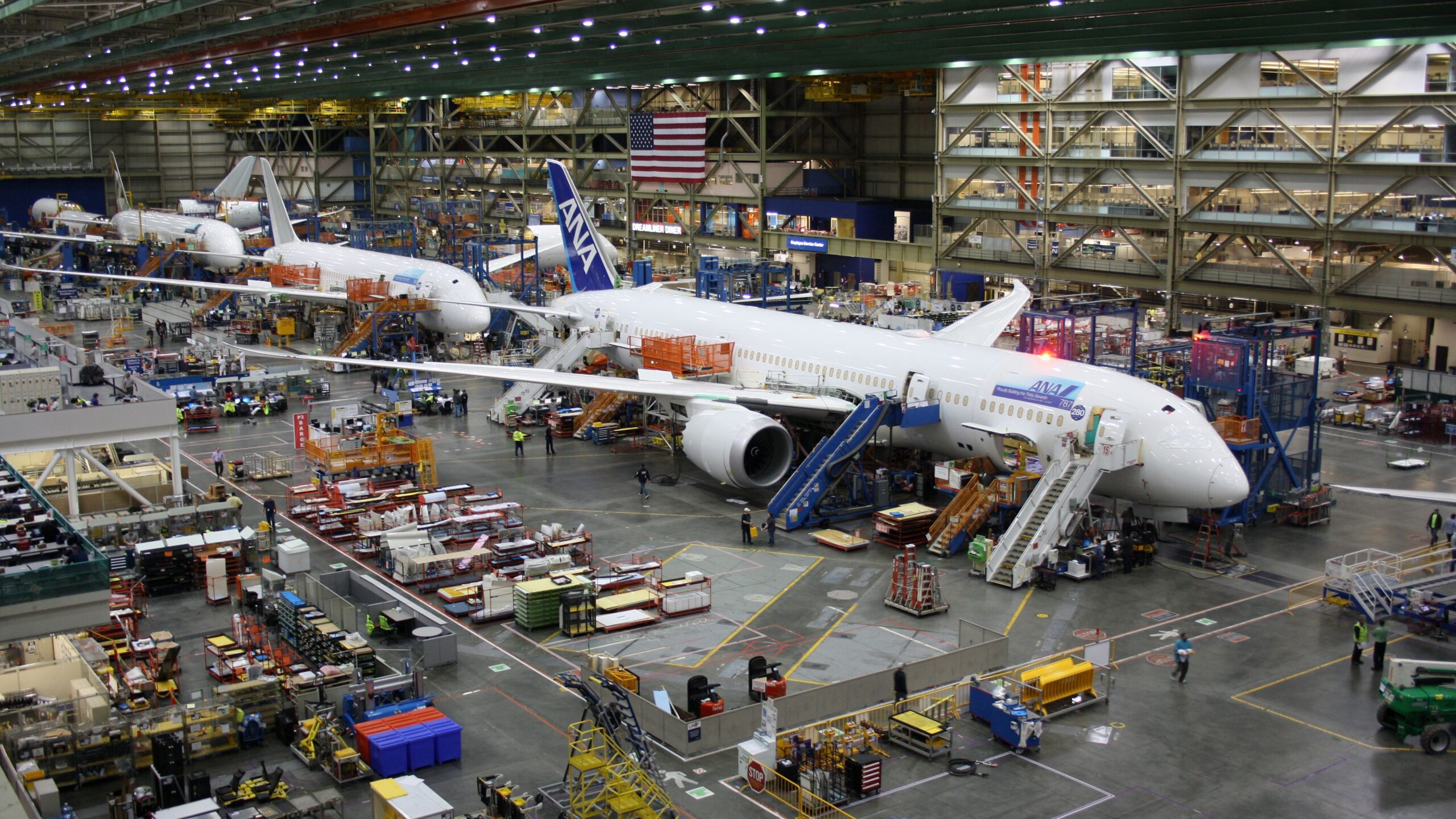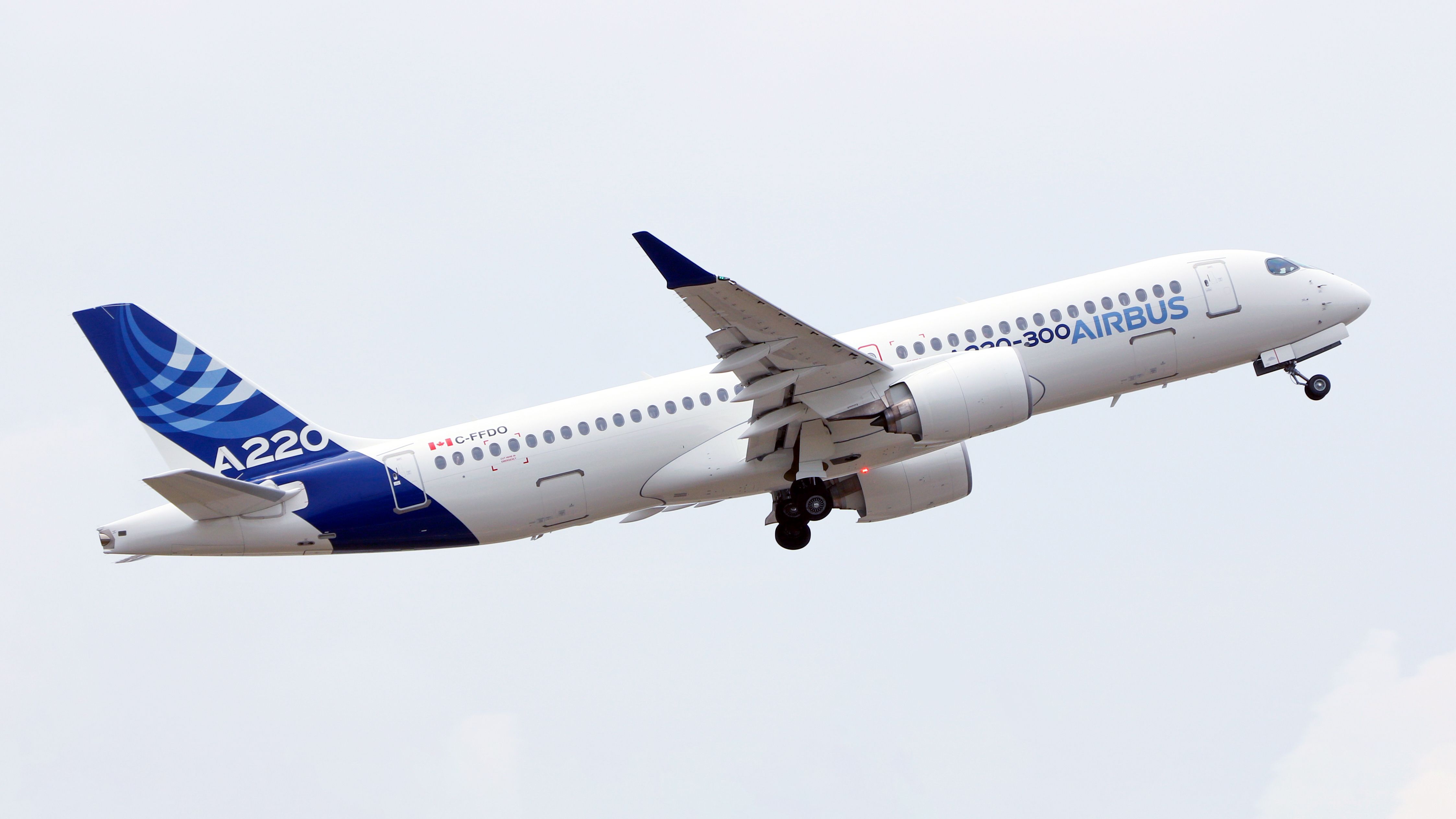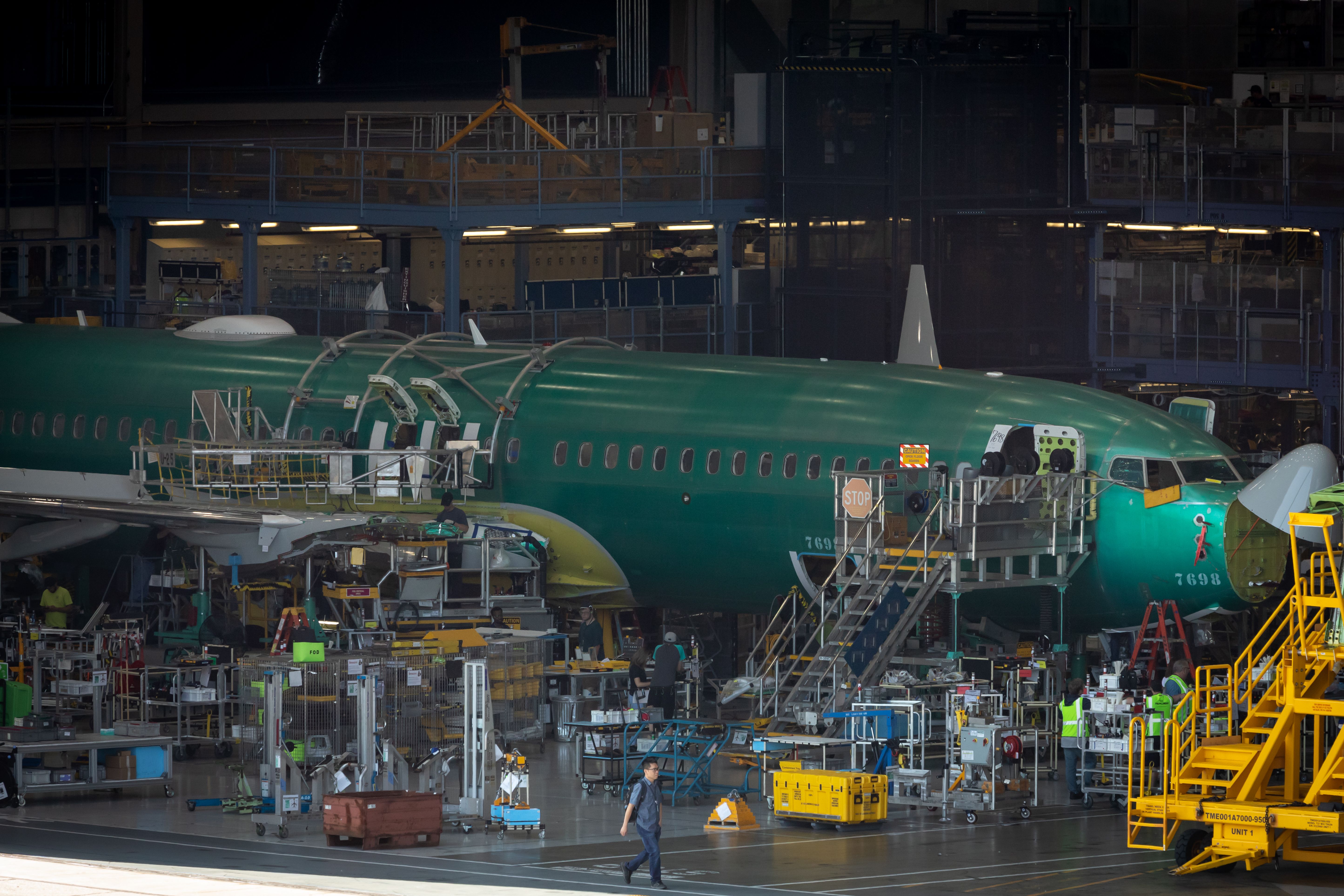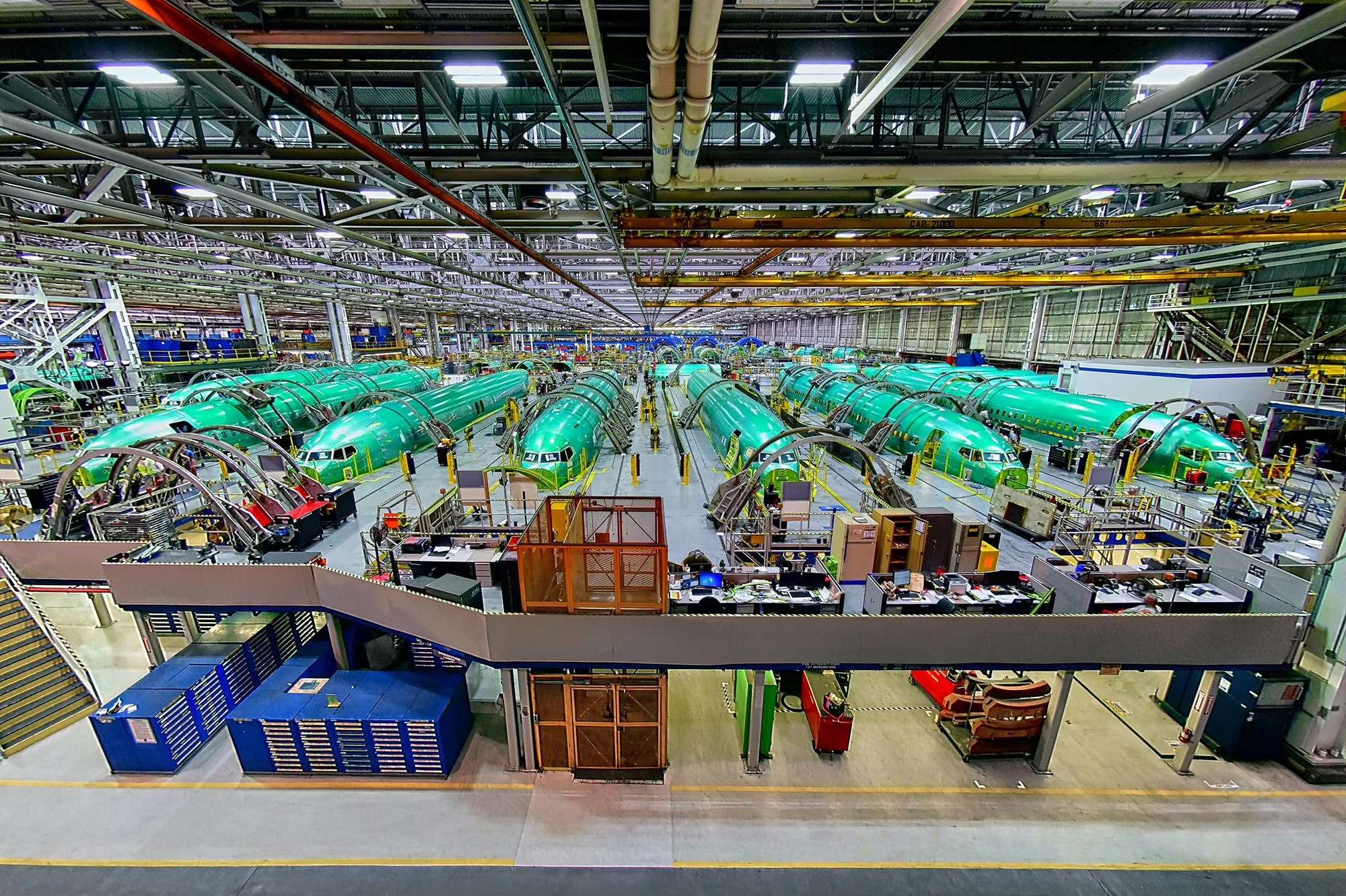Summary
- FAA investigates Boeing and Airbus jets for fake titanium parts after supplier discovers corrosion in metal.
- Spirit AeroSystems raised concerns about falsified titanium, prompting FAA action and industry-wide scrutiny.
- Airbus and Boeing conduct tests on suspect parts, ensuring airworthiness as Spirit AeroSystems removes questionable components.
The Federal Aviation Administration (FAA) is investigating an issue involving the authenticity of titanium used in Airbus and Boeing jets after a supplier discovered holes in the metal due to corrosion. This has raised suspicions that a supply chain partner may have falsified documentation, much like the AOG Technics scandal uncovered last year.
FAA investigating false titanium parts on Airbus and Boeing jets
As first reported by The New York Times, Airbus and Boeing partner Spirit AeroSystems has alleged that titanium used on recently-built aircraft at both planemakers may have been falsely verified, leading the FAA to launch an investigation.
According to an FAA statement,
“Boeing reported a voluntary disclosure to the FAA regarding procurement of material through a distributor who may have falsified or provided incorrect records. Boeing issued a bulletin outlining ways suppliers should remain alert to the potential of falsified records.”
Photo: GingChen | Shutterstock
Apparently, Italian parts supplier Titanium International Group found small holes in titanium in December 2023, and also raised suspicions about the authenticity of documentation. It notified Spirit AeroSystems of the issue, which in turn informed Airbus and Boeing in January 2024. According to three anonymous sources close to the matter, affected planes include those built between 2019 and 2023 and involve the Boeing 737 MAX, 787 Dreamliner and Airbus A220 programs. Specifically, the parts are used on:
- Passenger and cargo doors, plus a component connecting engines to the airframe, on the 787 Dreamliner.
- Heat shields protecting a component connecting engines to the airframe on the 737 MAX and A220.
The problem has been traced back to a Chinese supplier that sold titanium to Turkish company Turkish Aerospace Industries in 2019. Documentation from this Chinese supplier claimed that the titanium had been sourced from another Chinese firm, Baoji Titanium Industry – however, Baoji Titanium has confirmed that it did not provide this batch of titanium “and has no business dealing with this company.”
Airbus and Boeing tests find no problems
According to a Boeing statement, the issue affected “some shipments of titanium received by a limited set of suppliers,” with tests showing the correct titanium alloy was used. While the company will remove any suspect parts from its aircraft before delivery, it states that in-service aircraft “can continue to fly safely.”
Photo: VDB Photos | Shutterstock
Likewise, Airbus has conducted tests on parts sourced from the same supplier and iterated that “the A220’s airworthiness remains intact.”
Spirit AeroSystems removes suspect parts
Upon discovering the issue, supply partner Spirit AeroSystems moved swiftly to identify and remove the parts. The company said it conducted more than 1,000 tests to “confirm the mechanical and metallurgical properties of the affected material,” adding that the titanium is of sufficient quality for the aerospace industry. Spirit AeroSystems spokesperson Joe Buccino commented,
“This is about titanium that has entered the supply system via documents that have been counterfeited. When this was identified, all suspect parts were quarantined and removed from Spirit production.”
Photo: Spirit Aerosystems
Buccino added that aircraft equipped with unverified components will likely remove the parts no matter what happens to be on the safe side. The issue highlights the complexity of the global aviation supply chain and is strongly reminiscent of the AOG Technics scandal when the UK-based supplier falsely verified parts used on the CFM 56 engine.
What do you make of this story? Let us know in the comment section.




